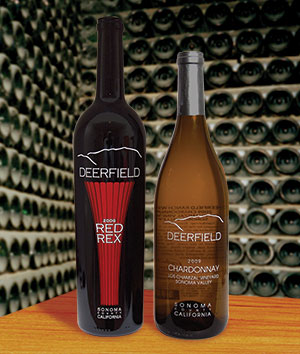
Between a Rock and a
Wet Place
Sonoma County is situated between Napa County to the east, and the Pacific Ocean to the west. Sonoma has over 175 wineries, second only to the somewhat more famous Napa in number of U. S. wineries.
The Sonoma Valley AVA [American Viticultural Area] is in the southeast corner of Sonoma County, and is home to Deerfield Ranch Winery. This boutique winery is owned and operated by the affable and effusive Robert Rex. He makes the wine, and his wife PJ manages the business side. Many wineries today tout themselves as “small, family-run,” but this one truly is.
Deerfield Ranch is a certified organic producer, even now still one of the few in Sonoma County, with an annual output of about 15,000 cases.
Trained as a chemist, in 1972 Robert was given a winemaking kit by then-girlfriend PJ in appreciation for keeping her finicky Alfa Romeo running. That first Zinfandel won Best of Show at the California State Fair, and Robert soon left the chemistry lab in favor of the wine cave.
Robert is an enthusiastic proponent of the art of blending wines, and says, “Making wine is like gourmet cooking. We start with the finest ingredients. By drawing from 26 vineyards we get grapes from appellations where varietals grow the best. We allow the grapes to fully vine ripen, and use the most gentle production techniques. We make wine by hand in small lots; the wines are clean, have very low histamine and sulfite levels, so that they produce no headaches or allergic reactions.”
Los Chamizal Chardonnay 2009
This pale-gold elixer opens with delicate aromas of honey and apricot. The French white oak in which it was barreled for 10 months is present in the taste, but plays a subtle supporting role to the balanced acidity and flavors of green apple, fresh mint, and grapefruit.
Try this wine with Sauteed Black Sea Bass with Red Peppers, Grilled Herbed Salmon with Shrimp, or Chicken Burgers with Chive Sauce.
Red Rex 2006
Showcasing Robert Rex’s ideas about blending, Red Rex is 40% Cabernet Sauvignon, 23% Syrah, 19% Merlot, 7% Sangiovese, 5% Malbec, 4% Cabernet Franc, and 2% Petit Verdot. The ratio is on the bottle, but you’re unlikely to get the same results if you try the recipe at home!
After harvest, the wine was barrel aged for 36 months in 75% French and 25% American oak. Red Rex is nearly opaque without being cloudy, with a nose of dark cherries, berries, and spice box. On the palate, the wine tends toward a leaner French style; there is a medium-weight feel, with flavors of the same cherries and berries, complemented by black pepper and minerals, then ending in a medium finish.
This is Deerfield’s most popular wine; enjoy it with Boeuf Bourguignon, Hamburger au Poivre with Red-Wine Sauce, or Pork Chops Milanese.
https://www.deerfieldranch.com/home.html
Top of page: https://winervana.com/blog/

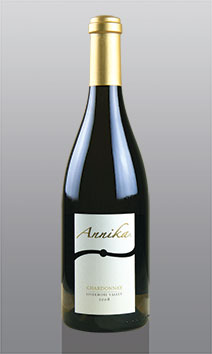
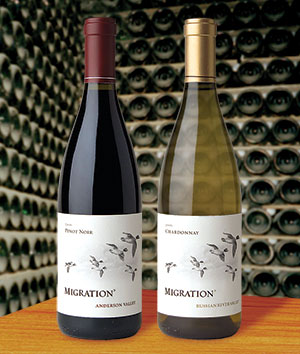 Duckhorn Portfolio is the umbrella corporation of an expanding wine mini-empire. First came the flagship Duckhorn Vineyards, established in 1976 by Dan and Margaret Duckhorn to pioneer and feature premium Napa Merlot. (Duckhorn has a “second growth” label named Decoy, as well.) Next came Paraduxx in 1994, specializing in Zinfandel-based blends. This was followed by Goldeneye, which began making Pinot Noir in 1996. Migration was established in 2001 to focus first on Pinot Noir and Chardonnay.
Duckhorn Portfolio is the umbrella corporation of an expanding wine mini-empire. First came the flagship Duckhorn Vineyards, established in 1976 by Dan and Margaret Duckhorn to pioneer and feature premium Napa Merlot. (Duckhorn has a “second growth” label named Decoy, as well.) Next came Paraduxx in 1994, specializing in Zinfandel-based blends. This was followed by Goldeneye, which began making Pinot Noir in 1996. Migration was established in 2001 to focus first on Pinot Noir and Chardonnay.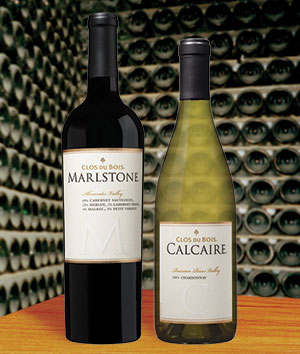
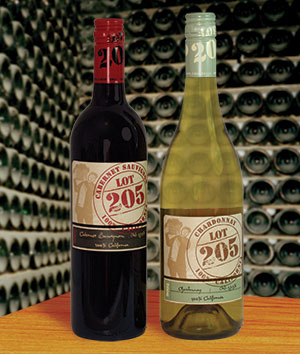
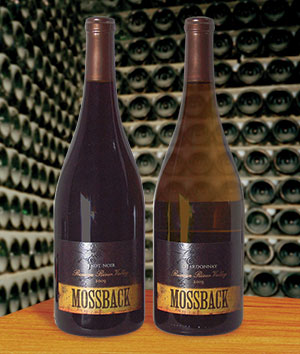 The Russian River AVA sits in the center of northern California’s Sonoma County, and is characterized by a generally cool climate, with sunny days bracketed by fog early and late. This encourages the slow-ripening of fruit, particularly suitable for Chardonnay, Pinot Noir, and Sauvignon Blanc, like these selections from Mossback Winery.
The Russian River AVA sits in the center of northern California’s Sonoma County, and is characterized by a generally cool climate, with sunny days bracketed by fog early and late. This encourages the slow-ripening of fruit, particularly suitable for Chardonnay, Pinot Noir, and Sauvignon Blanc, like these selections from Mossback Winery.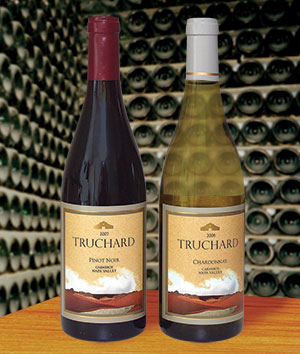 Truchard Vineyards was established in 1974, when native Texans Tony and Jo Ann Truchard purchased a 20-acre parcel of land in Carneros. They transformed what was an abandoned prune orchard into a vineyard, and began selling the fruit to a local winery. Because of the difficult clay soil he had to work with, as well as a dearth of groundwater, Truchard was one of the early adapters of drip irrigation, a practice that was used in Israel for desert farming but not known in California yet. The Truchard Estate Vineyard has since grown to 400 acres, of which 280 are planted.
Truchard Vineyards was established in 1974, when native Texans Tony and Jo Ann Truchard purchased a 20-acre parcel of land in Carneros. They transformed what was an abandoned prune orchard into a vineyard, and began selling the fruit to a local winery. Because of the difficult clay soil he had to work with, as well as a dearth of groundwater, Truchard was one of the early adapters of drip irrigation, a practice that was used in Israel for desert farming but not known in California yet. The Truchard Estate Vineyard has since grown to 400 acres, of which 280 are planted.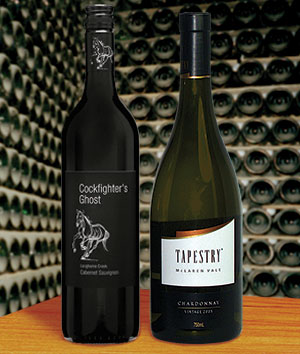
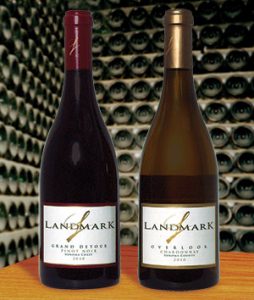 A Landmark Opinion
A Landmark Opinion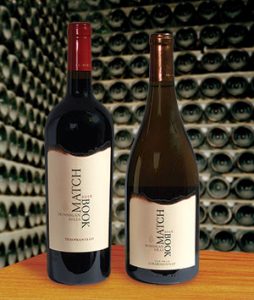 Burn After Reading
Burn After Reading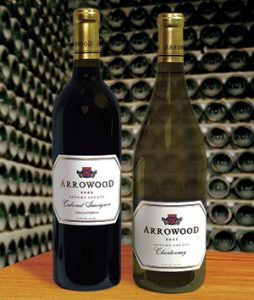
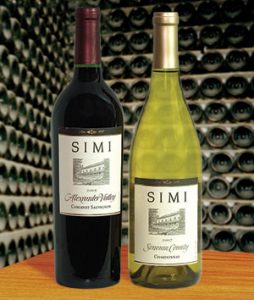 Although Napa Valley is considered by many to be California’s preeminent winemaking region, Sonoma County just to the north offers many pleasures as well, particularly the wines from Alexander Valley, which is one of my personal favorites.
Although Napa Valley is considered by many to be California’s preeminent winemaking region, Sonoma County just to the north offers many pleasures as well, particularly the wines from Alexander Valley, which is one of my personal favorites.